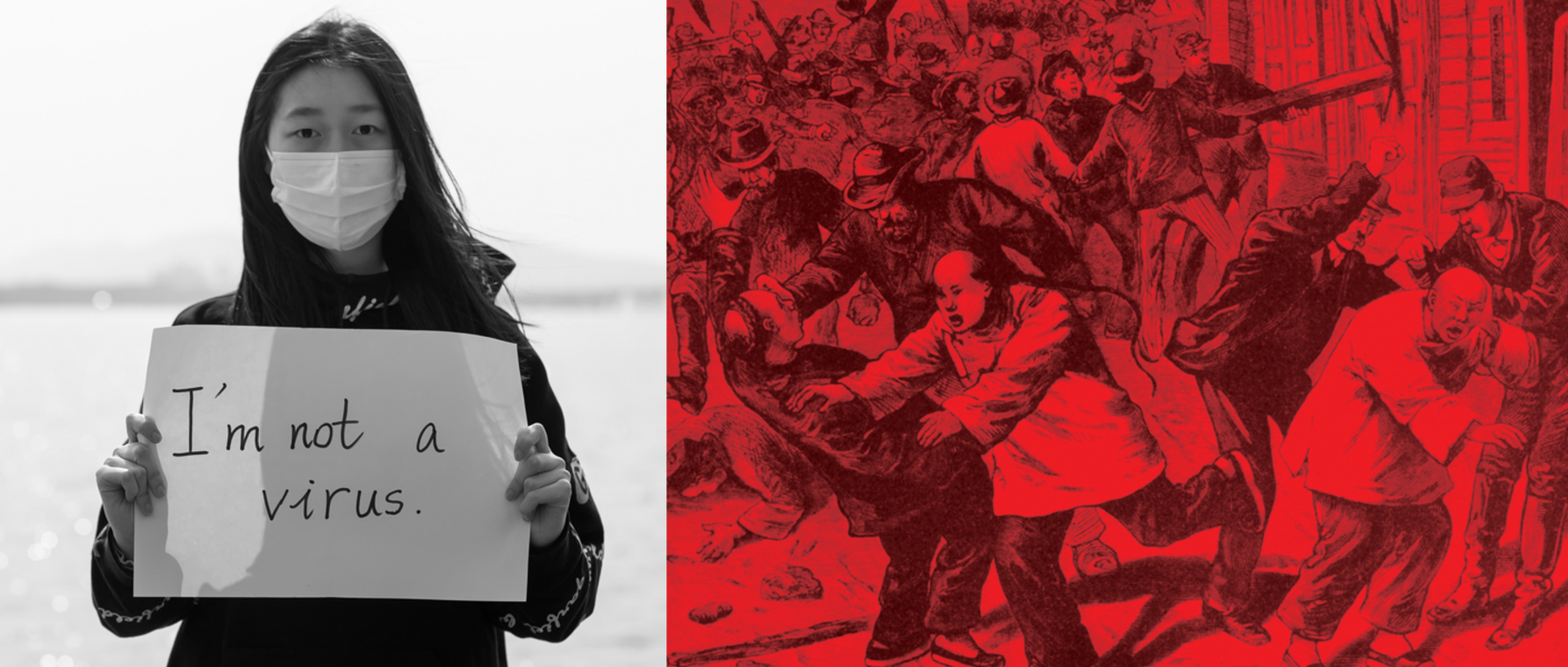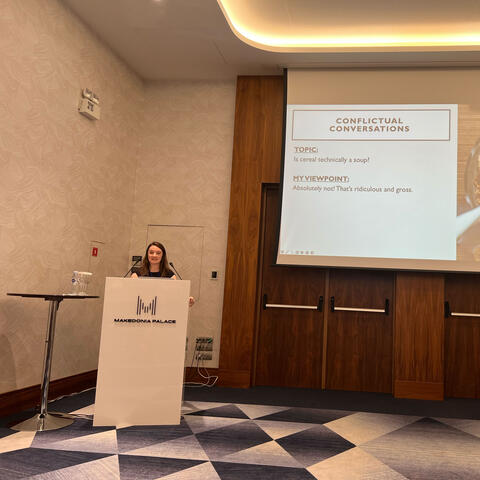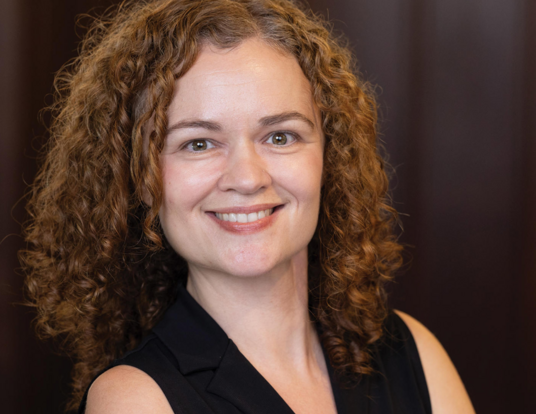New Hate Old History
Harassment of Asians is on the rise in the US. It has deep roots in the country’s past.

In the winter of 2020, Boram Lee, PhD ’20, was wrapping up her doctoral work at GSAS and thinking about what she wanted to do after graduating in May. Then, in late January, the coronavirus made landfall in the United States after flaring up in Wuhan, China. In March, President Donald Trump declared COVID-19 a national emergency and soon began to refer to the disease as “the Chinese virus.” Shortly after that, Lee, who is South Korean, was walking through Harvard Yard when a stranger swore at her, using racial slurs. On her way home from campus nearly a week later, Lee was accosted by a woman who told her to “go back to China.”
“I would have brushed it off if it hadn’t been the pandemic and I didn’t know that similar incidents were going on around the country,” Lee says. “But it alarmed me that it happened twice within a week or so and I was hearing a lot of similar stories on social media.”
The US is in the midst of an upsurge in anti-Asian racism, from a dramatic rise in hate crimes to a spike in use of anti-Asian hashtags on social media platforms. Lee’s experience of the trend inspired her to join with friend and current GSAS student Ja Young Choi in an innovative attempt to track incidents of harassment. But while the pandemic surge in hostility toward Asians is distinct and troubling, it is not new. As historian Jane Hong, PhD ’13, points out, racist stereotypes and discrimination against Asians in the US—particularly in immigration—have deep roots in American history.
I am Not a Virus

Lee says that the incidents last March were not the first time she had experienced harassment. People had hurled racist slurs at her ever since she came to GSAS to study in 2013—albeit not on campus. Lee had always seen the behavior as a series of isolated incidents. When the president of the United States began to use racially disparaging terms in talking about the coronavirus, however, Lee’s perspective changed.
“President Trump didn’t invent anti-Asian racism,” she says. “But for me, he crystallized the understanding that those people who were calling me names weren’t just an anomaly. The president was one of them.”
Neither Lee nor Choi were students of Asian American history, but they wanted to contribute to the effort to confront the racism that they and people like them were experiencing. They decided to facilitate the tracking of incidents of anti-Asian harassment, first by leveraging Google Maps, then by creating their own website that allowed people around the country to log their experiences.
“The project didn’t start as anything formal or grand,” she says. “We’d been using Google Maps to find restaurants that offered home delivery. After the incident on campus and walking home, I was complaining to Ja Young and we thought, rather than restaurants, let’s use Maps to locate incidents of harassment.”
“Although I believe we are moving in the right direction, this racism is bigger than any one individual and we have a lot of work to do. It has a long history.”
—Boram Lee, PhD ’20
After some back and forth with Google’s app, Lee and Choi decided to create their own website in April 2020: iamnotavirus.net. The duo kept the interface simple to make it as easy as possible for people to input incidents of harassment, violence, and vandalism. Between the original Google Maps project and their own site, Lee and Choi got nearly 90,000 views and recorded 150 incidents of harassment, especially in the Boston area, thanks in part to a popular article about their project that appeared in the Boston Globe.
“When we started the project, it was for our close acquaintances and people who were friends with us on social media,” Lee says. “But the project went viral after the Globe piece. We got a lot of inputs through the month of June.”
Inputs to the site dropped off during the summer, Lee says, probably because users became aware of better-resourced platforms like stopaapihate.org. She began a postdoctoral fellowship at the University of Pennsylvania’s Christopher H. Browne Center for International Politics. Choi began a new academic year at GSAS. Lee says that the change in presidential administrations made her feel optimistic about the future. Then, in March of 2021, a gunman murdered eight people—six of them women of Asian descent—at three different massage businesses in Atlanta, Georgia. Lee was disheartened.
“The Atlanta shooting was a reminder that the problem of anti-Asian hate doesn’t begin or end with a presidential administration,” she says. “Although I believe we are moving in the right direction, this racism is bigger than any one individual and we have a lot of work to do. It has a long history.”
Roots of Racism
Jane Hong was mindful of the historical roots of anti-Asian racism when she heard about the shootings. The author of Opening the Gates to Asia: A Transpacific History of How America Repealed Asian Exclusion and a professor of history at Occidental College, Hong recognized longstanding toxic stereotypes. Asian women, she notes, have been presented in the US as alien and exotic ever since the first, Afong Moy, was brought to the country in the 1830s by merchants who used her difference—Chinese clothing, bound feet—to enhance and promote their import goods. Over the decades, the gendered stereotype of Asian exoticism grew and contributed to a rise in sex trafficking between China and the United States. The result was the Page Act of 1875, a new federal law that severely curtailed female immigration from China and helped foster a cultural association between Asian women and sex work.
“Even before 1875, there’s the notion that Chinese women are exotic and submissive,” Hong says. “An association emerges that links all Chinese women to prostitution. As a result, the Page Act is passed and it becomes very difficult for these women to enter the United States, even if they clearly were not involved in sex work.”
Chinese men who came to prospect for gold after its discovery in California in 1849 and then, later, to work on the construction of the transcontinental railroad encountered a different set of prejudices. Working-class white men believed that their Chinese immigrant counterparts would be a source of low-wage labor, a fear exploited today, Hong says, by politicians who accuse China of stealing US jobs. The hostility expressed during the pandemic is layered on top of these resentments.
Class-based resentment and anti-Asian racism reached an apex in the late 19th century with the notion of the “Yellow Peril”—the idea of East Asians as an existential threat to Western civilization— and the infamous Chinese Exclusion Act of 1882. The law barred working-class immigration from China (later expanded to include most of Southeast Asia) and prohibited Chinese immigrants from becoming citizens of the US. The first time in US history that the federal government restricted migration on the basis of race or ethnicity, the Chinese Exclusion Act necessitated the creation of a massive administrative state, entangling the issue of immigration with the politics of class and race in ways that still afflict us today.
“Policymakers cared about economic ties with China,” Hong says. “So, they wrote a law that only restricted the immigration of workers. Merchants, diplomats, and all kinds of elites were still allowed to enter the US. That meant that, in order to enforce the law, you had to decide who was a laborer and who was a merchant. For that, you need immigration inspectors and a whole federal bureaucracy. In many ways, then, the gatekeeping state that we have today around immigration came into being to meet the demands of the Chinese Exclusion Act.”
From Yellow Peril to Model Minority
The Immigration and Nationality Act of 1965 eliminated national quotas for those coming to the US, with the effect of increasing the flow of migration from Latin America and Asia. In an astonishing turn of events, Asians, who had been excluded from immigrating or becoming citizens of the US, found themselves increasingly identified as the “model minority”—and used to bolster negative stereotypes of Black and Brown people.

“The model minority isn’t ultimately about Asian Americans,” Hong says, “and it’s no coincidence that it emerges at the same time as there’s a backlash to the US civil rights movement. You have different folks holding up Asian Americans—for their traditional family structure, for their work ethic—as the antithesis of Black and Brown Americans. So, the stereotype becomes a tool that’s used to blame Black and Brown people for problems like poverty and crime, and there’s a focus on cultural traits instead of the structural and historical realities that contribute to inequality.”
Over the last 50 years, Hong says, Asian Americans have been subject to all these stereotypes—the exotic submissive woman, the Yellow Peril, and the model minority—at different times and in different ways. Depending on the politics of the moment, they can be either existential threat or a symbol of the successfully assimilated minority. Thinking of the pandemic and the terror in Atlanta, Hong says that the emphasis now is on yet another stereotype: the Asian as perpetual foreigner.
“At various times Asian Americans can be described in positive terms and deployed for various political reasons,” she says, “but they can also just as easily be portrayed as forever alien, not belonging to this country. That’s where I think the narrative is focused now. Maybe the Atlanta shooter viewed Asian Americans as not really American, less than human, and therefore disposable.”
Despite the history of Asian stereotypes, Boram Lee remains cautiously optimistic about the future. In the midst of harassment and even violence, she sees Asians in America connecting with other marginalized groups to build solidarity and work together for a society where everyone belongs.
"Asian Americans can be described in positive terms and deployed for various political reasons,” she says, “but they can also just as easily be portrayed as forever alien, not belonging to this country."
—Jane Hong, PhD '13
“I see a lot of coalitions on the ground,” she says. “As much as this year and last have been hurtful, the experience has increased our awareness of the racism that all people of color experience. We’re learning that there is a common denominator we share with other marginalized groups. Learning about each other’s struggles and how to sympathize with them: That’s what I hope the future holds.”
Photos courtesy of Boram Lee and Jane Hong
Get the Latest Updates
Join Our Newsletter
Subscribe to Colloquy Podcast
Simplecast





